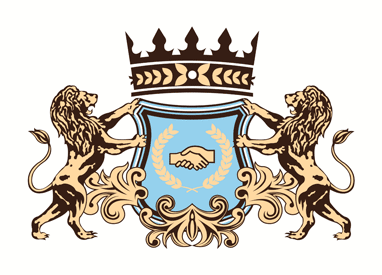6 Conditions That Can Affect Your Toes
Our toes, which are sometimes neglected, provide an important function in maintaining balance and assisting mobility. They endure enormous stress on a daily basis, yet many of us don't pay much attention to their health until something goes wrong. Your toes can be affected by a wide range of conditions, and identifying these issues is the first step toward maintaining healthy feet. In this article, we'll explore six common conditions that can affect your toes and provide insights into their causes, symptoms, and treatment options.
1. Ingrown toenails
Ingrown toenails are a widespread and painful problem in which the toe's edge grows into the skin around the nail. This issue can be caused by incorrect nail cutting, tight-fitting shoes, or toe injury. Redness, swelling, and discomfort are common symptoms, which are frequently followed by infection. Soak your feet in warm water, gently raise the ingrown edge, and avoid cutting the nail too short to treat ingrown toenails. In serious cases, a foot doctor may have to remove the ingrown part surgically.
2. Bunions
Bunions are bony protrusions that occur at the base of the big toe and often cause it to tilt toward the other toes. This issue is usually caused by hereditary causes, ill-fitting shoes, or severe joint pressure. Bunions can be uncomfortable and limit your footwear options. Wearing larger shoes, using orthotics, and applying ice to manage inflammation are conservative treatments. In severe cases, surgical intervention may be required to realign the joint.
3. Hammer toes
Hammer toes are deformities in which the toe joints bend unnaturally, resembling a hammer. This problem might be caused by genetics, tight footwear, or muscle imbalances. The affected toes may hurt, develop corns or calluses, or have restricted movement. Wearing shoes with large toe boxes, using toe splints or pads, along with toe-stretching exercises are the most common treatment options. In extreme cases, surgical correction may be required.
4. Gout
Gout is a type of arthritis that is caused by the buildup of uric acid crystals in the joints, particularly the toes. It may lead to unbearable pain, redness, and swelling all at once. Gout can often be caused by dietary factors, alcohol usage, or hereditary susceptibility. Medication, lifestyle changes, and dietary adjustments may be recommended to treat gout. Drinking plenty of water and avoiding purine-rich meals such as red meat and alcohol will help prevent gout attacks.
5. Athlete's foot
Athlete's foot is an itchy, painful, and unsightly fungal infection that mainly impacts the skin of the toes and feet. It can often be contracted in public places such as locker rooms and swimming pools. Athlete's foot symptoms include itching, burning, and peeling skin between the toes. Treatment typically includes topical antifungal creams, keeping the feet clean and dry, and avoiding sharing shoes or towels to prevent reinfection.
6. Corns and calluses
Corns and calluses are thickened, hardened layers of skin that develop on the toes and other parts of the foot as a result of friction or pressure. They can be caused by ill-fitting shoes, bone abnormalities, or repetitive motions. While they are rarely painful, they can be unpleasant and unsightly. Corns and calluses may be treated at home by soaking your feet, carefully removing the thickened skin with a pumice stone, and wearing well-fitting cushioned shoes. If corns and calluses are painful or inflamed, you may need to visit a podiatrist for treatment.
The bottom line
Our toes, despite their small size, are critical to our general health and movement. These prevalent conditions can damage your toes and have a substantial influence on your quality of life if left untreated. Regular foot care, wearing proper shoes, and seeking fast treatment for any symptoms of difficulty can help keep your toes healthy and pain-free. If you feel you have any of these toe-related illnesses, always visit an experienced medical professional or podiatrist for a proper diagnosis and personalized treatment approach.




















